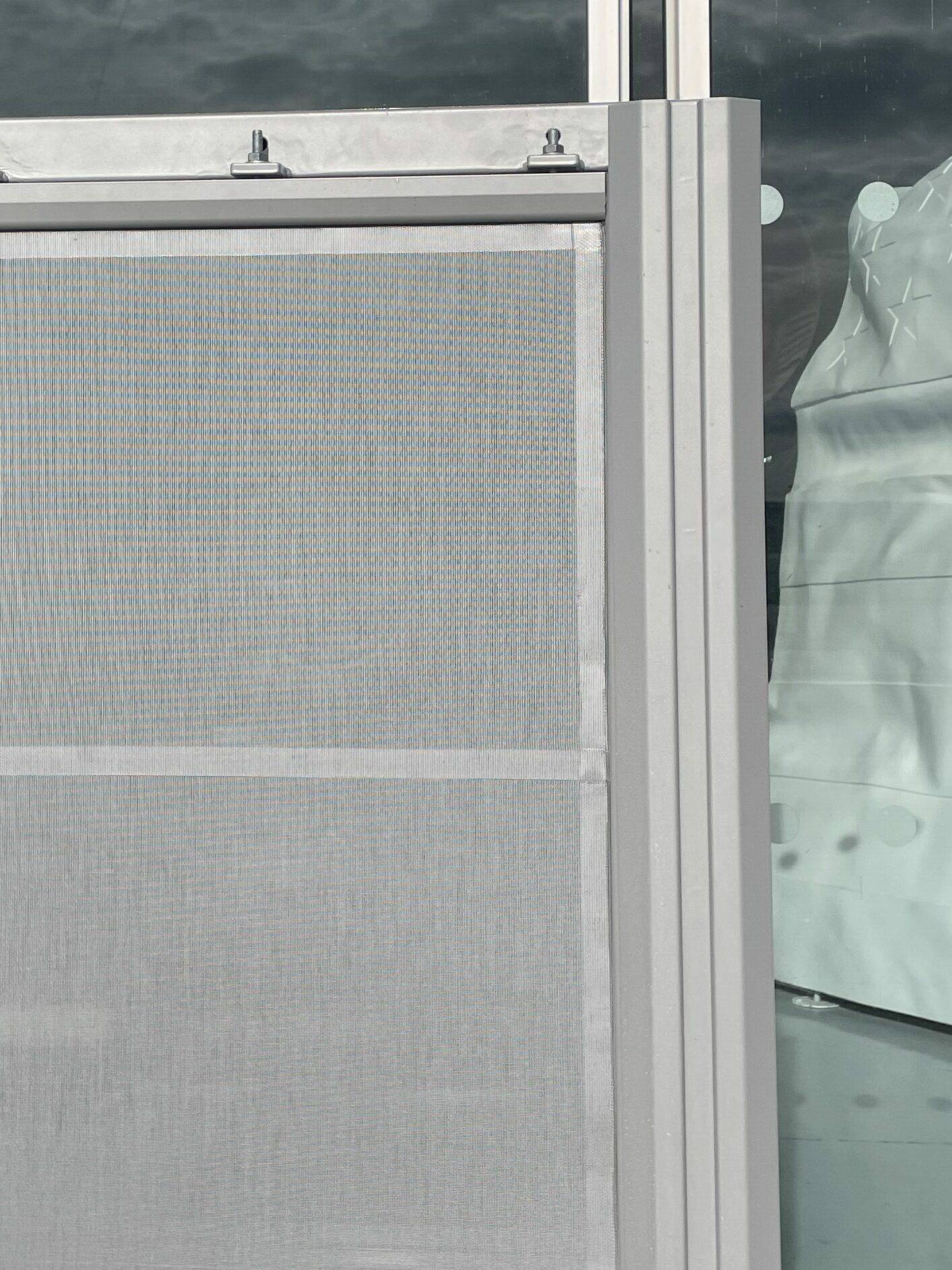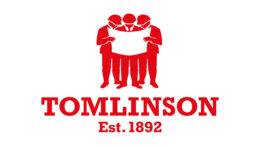
As demand grows for more sustainable, adaptable and cost-effective solutions in the built environment, fabric architecture is proving to be an increasingly valuable option. From products that reduce energy consumption, to lightweight fabric systems that extend the lifespan of existing buildings, Base is helping clients meet both design ambitions and environmental targets across the world.
We’ve been involved in projects ranging from landmark venues to sensitive heritage sites, where fabric has provided a practical and visually striking answer to complex challenges. To explore how these solutions are being used, and what trends are shaping the future, we spoke with our Architectural Design Manager, Vicki, about what clients are looking for and how our team helps deliver results.
When you look at projects like NEC Birmingham or the Ben Ainslie HQ, how has fabric been used not just as an aesthetic solution, but as a way of improving a building’s environmental performance/ environmental impact.
The recladding of NEC Birmingham has helped to extend the building’s life. The use of fabric not only creates a striking, eye-catching appearance appropriate to the venue, but also avoids the high embodied energy (total energy required to produce a product throughout its entire lifecycle) associated with demolition and rebuilding. This “light-touch” cladding solution at the NEC included 37 translucent pyramid structures, delivered in just five months from concept to completion, demonstrating the efficiency of fabric-based projects. Integrated lighting can further enhance the design and be adapted to suit the building’s changing needs.
The fabric cladding at Ben Ainslie HQ not only transformed the building’s appearance but also acts as a solar shading system, reducing direct heat gain. The structure provided is durable, with a long lifespan. The high-transparency fabric allows natural daylight and visibility, creating comfortable workspaces without the need for major alterations to the building.

Above: Innovative external solutions can extend the lifespan of an existing building whilst creative effective aesthetic improvements, such as in our work for the NEC Birmingham
From a business development perspective, what drives clients to consider fabric additions for existing buildings – is it sustainability goals, cost savings, design flexibility, or a combination?
Clients are often driven by a combination of sustainability goals, cost savings, and design flexibility. Textile facades have a low mass which means lower embodied energy. Fabrics can be used both inside and outside of buildings to conserve energy, making them a sustainable choice. A fabric mesh façade can block up to 93% of solar heat, improving visual comfort. This thermal protection reduces reliance on mechanical interventions, ensuring energy efficiency and the well-being of occupants.
Additionally, the materials used such as steel and fabric are recyclable, helping to avoid landfill waste. At Base Structures, we ensure durability of our structures using high-quality materials and expert detailing, and we advise clients on long-term maintenance to maximise lifespan.
Fabric facades are cost-effective. Structures can also be designed for demounting and reuse. This adaptability needs to be considered in early design to ensure that the fabric can be safely removed and reused.
Can you share a behind-the-scenes example where Base Structures had to balance visual impact with environmental performance. How did the team work through that challenge?
We have recently been working on a Grade II* listed building where the original glass specification is causing the building to overheat. One of the resulting factors is climate change. An intervention is required to avoid completely replacing the glass. Base Structures proposed a light-touch external shading solution that caused minimal disruption to the existing structure. The flexibility of our tensile structure has allowed us to tailor the design to blend seamlessly with the existing building. Our proposed solution is demountable, enabling ongoing maintenance and removal when required.

Above: A solar shading solution for our work with Ben Ainslie HQ
These projects often involve architects, engineers and contractors working closely together. How does Base collaborate with these different teams to integrate fabric solutions successfully?
Early engagement is key. We aim to be involved at the very beginning of a project, working closely with architects and designers to ensure fabric solutions are integrated seamlessly. On existing buildings, it’s often necessary to consult with English Heritage, Conservation, Local Authorities, and other statutory organisations at an early stage. Working collaboratively helps to achieve positive outcomes.
As a team, our engineers work closely with the client’s structural engineers to ensure that the loadings on foundations and existing structures (where applicable) can be achieved within the budgets given. Tensile structures can be built in relatively short timescales so it’s important that aesthetic, technical and cost requirements are all discussed openly & honestly throughout the duration of a project.
Looking ahead, what trends are you seeing in how architects, developers, or venue owners are approaching fabric as part of their sustainability strategies?
Tensile structures are very appealing due to their attractive appearance and low mass which allows for large spans with minimal material. This aligns with our sustainability and cost-efficiency goals. Many of our structures are demountable, making them ideal for both temporary and long-term solutions. We ensure that each structure can be maintained appropriately helping to increase its lifespan. Using efficient design and offsite manufacturing, we can streamline the build process and reduce waste.
Circular Economy is a key trend: wherever possible, we prioritise reusing and recycling materials to minimise landfill and waste. Fabric disposal is handled by accredited partners to ensure environmental compliance. Structures are designed to have long lifespans, especially when maintained correctly.

Above: An external solar shading solution for a listed building – reducing the need for more major, costly interventions










